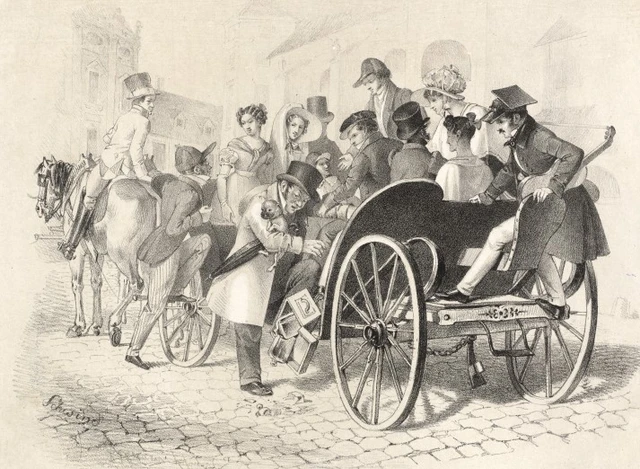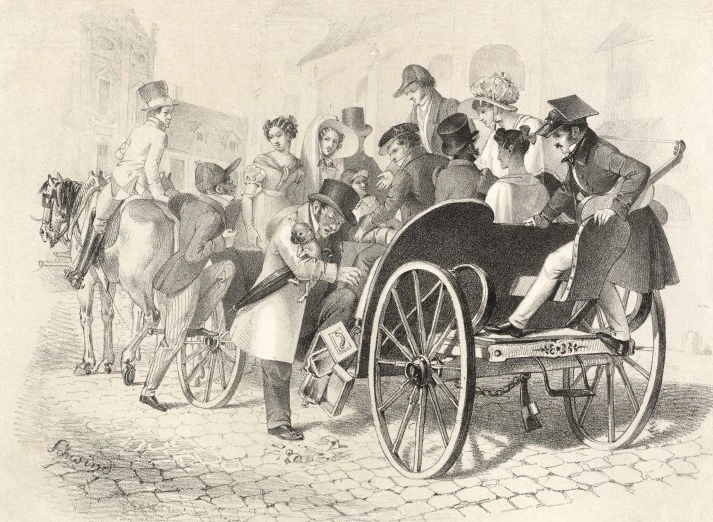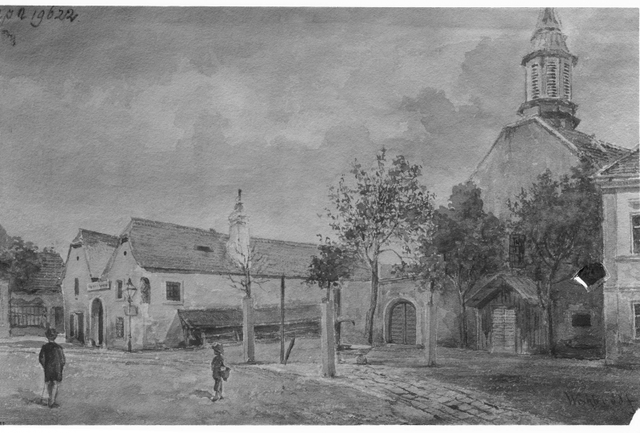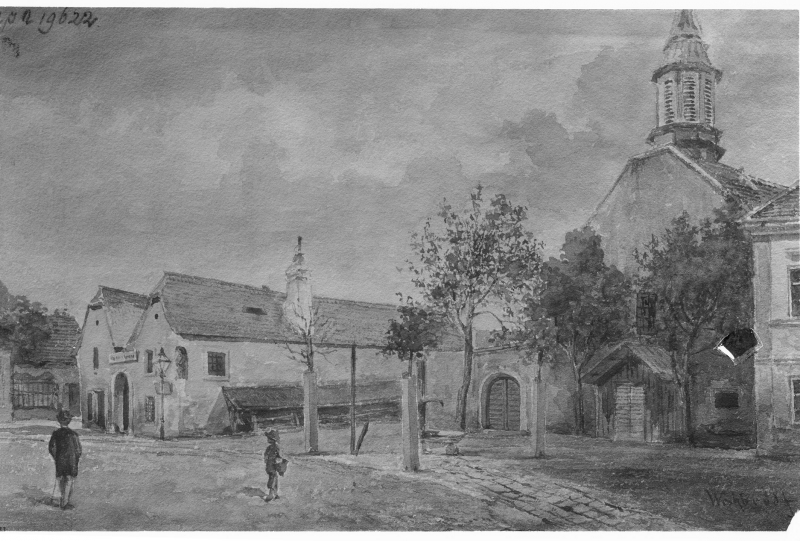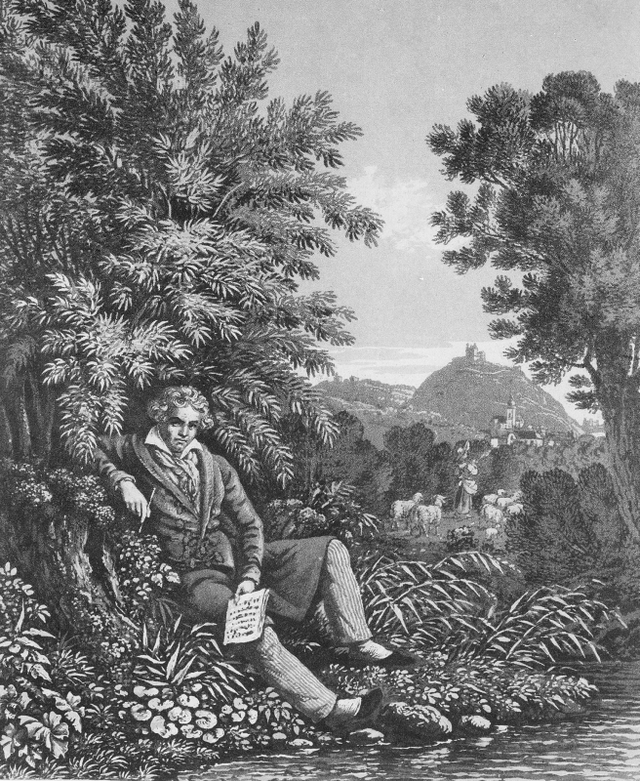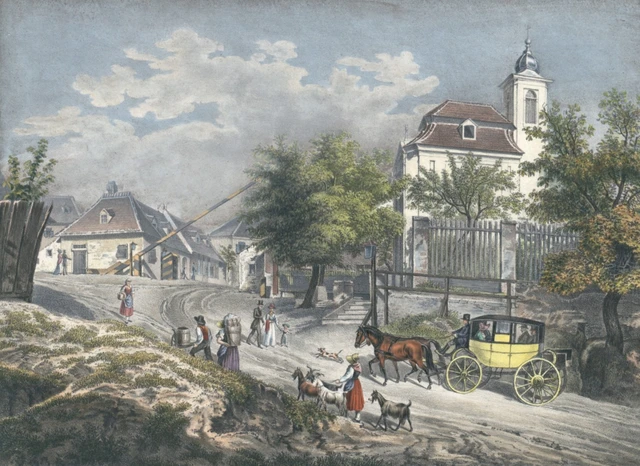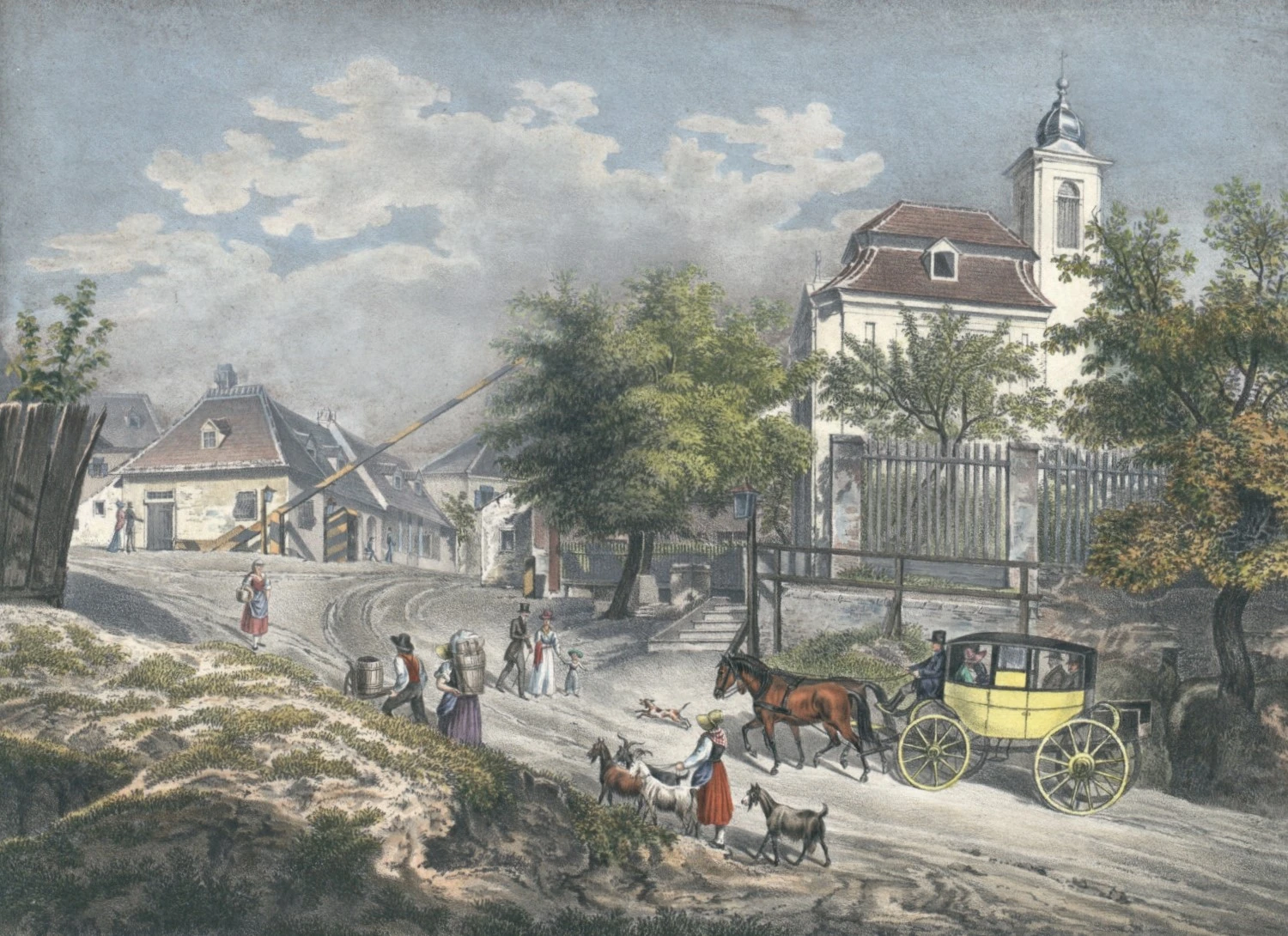It was widely believed that Beethoven wrote his Third Symphony at Döblinger Hauptstrasse 92, but this conclusion turned out to be wrong, and based on inaccurate dates.
Beethoven's house in Probusgasse is another example of just how difficult it is to pin Beethoven's work down to one time and place. For a long time, it was thought that he composed his Second Symphony at Probusgasse, but it again turned out that key evidence had been wrongly dated.
In any event, Beethoven's stays in the countryside were closely connected with his physical health. For example, he moved to Heiligenstadt on the advice of his doctor, where he stayed at a resort with a medicinal spring. The house in Probusgasse is best know for the “Heiligenstadt Testament”, which Beethoven composed in the form of an (unsent) letter to his brothers, and makes his despair at his increasing deafness all too apparent. Just yards from the Probusgasse house is Beethoven’s former residence on Pfarrplatz, in which he composed fragments of the Third Symphony.

